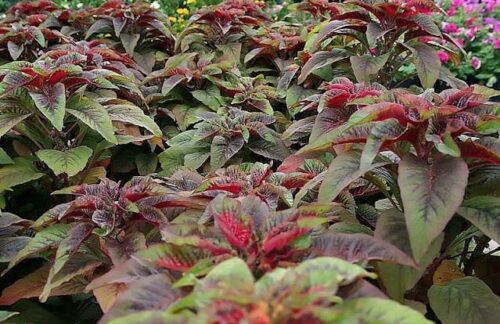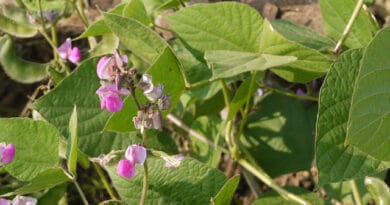Cultivation of Amaranth ( Chauli) In India; A Complete Information Guide
Cultivation of Amaranth ( Chauli): A Highly Nutritious Crop in Tropical and Subtropical Regions
Local Names of Amaranths:
- Math- Marathi
- Chhoti Chulai- Hindi
- Cheera- Malayalam
Nutritive Value of Amaranth or Chauli;
| Nutrient | Value | Nutrient | Value |
| Moisture | 91.6g | Protein | 2.5 g |
| Fat | 0.3 g | Sodium | 20 mg |
| Fiber | 7 g | Carbohydrate | 4 g |
| Calories | 23 | Calcium | 215 mg |
| phosphorus | 50 mg | Iron | 2.32 mg |
| Vitamin C | 43.3 mg | Potassium | 611 mg |
| Vitamin A | 2917 IU | Magnesium | 55 mg |
1. Amaranth Is Gluten-Free
2. Amaranth has More Protein Than Other Grains
3. Amaranth Provides Essential Lysine
4. Helps With Hair Loss And Greying
5. Lowers Cholesterol And Risk Of Cardiovascular Disease
6. It’s High In Calcium
7. Amaranth Is Full Of Antioxidants And Minerals
8. Works As An Appetite Suppressant
9. Improves Eyesight
10. Amaranth Is Easy To Digest
Soil & Its Preparation for Amaranth Cultivation;
Important Varieties of Amaranth:
The recommended varieties are Bad Chauli, Chhoti Chauli, Co.1, Konkan Durangi, Arka Arunima & Krishnashree
Sowing of the Seed of the Amaranth crop;

a) Time of sowing. This crop is suitable for growing in the summer as well as in the rainy season. The seed is sown in December, January for the summer crop, and in April and May for the rainy season crop.
Manuring in Amaranth Crop;
The plants are top-dressed with urea at 10 kg/acre after 15-20 days of sowing, and subsequent top dressings are done after each cutting.
Aftercare of Amaranth Crop:
Weeding is done during the early stages of growth. Irrigation is given as and when needed.
Harvesting of the Amaranth Crop ;
The crops become ready for harvesting about three to four weeks after sowing, and subsequent cuttings can be done after 7 to 10 days. The plants are harvested by cutting them periodically. This crop rejuvenates quickly after each cutting.
The yield of the amaranth crop.




